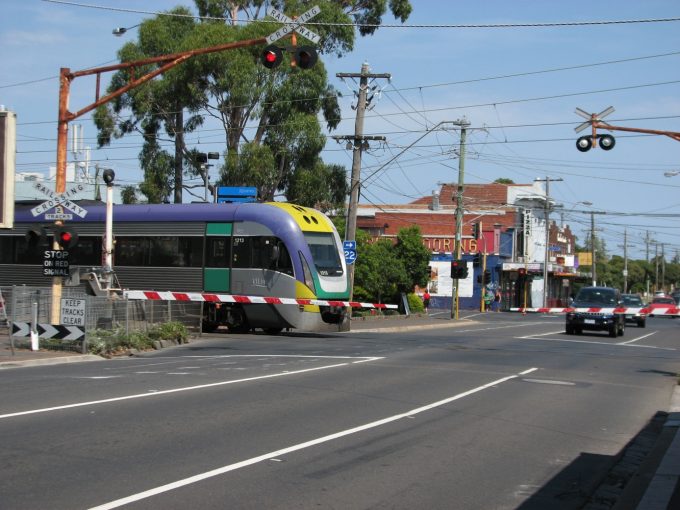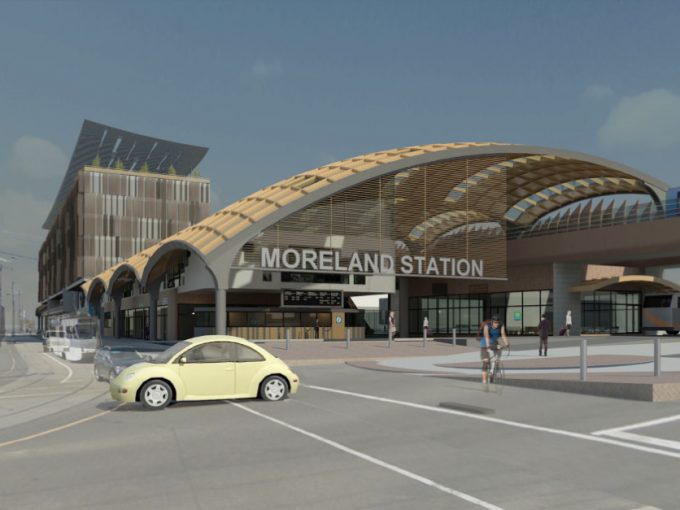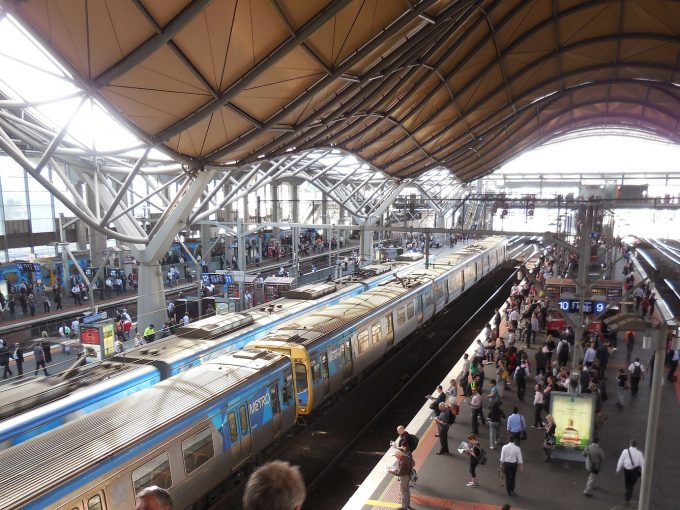A collaborative research project between RMIT University and the University of Melbourne explores new ways to improve the integration of public transport and urban design in Melbourne.
The new graduate design studio Rail Up! initiated by RMIT and the University of Melbourne, is investigating how extended use of viaducts could work for two very different rail corridors with large numbers of level crossings.
The twin reports The Benefits of Elevated Rail – Case Study One: The Upfield Line and The Benefits of Elevated Rail – Case Study Two: The Frankston Line released by Rail Up! summarises the students’ work, offering a deeper understanding of how level crossing removals can offer significant opportunities for urban renewal and enhanced public open spaces.
The studio, established by Associate Lecturer Ian Woodcock of RMIT’s Centre for Urban Research and Dr John Stone of the Melbourne School of Design, is part of a long standing collaboration between both academics, exploring ways to improve integration of public transport and urban design in Melbourne to provide an evidence-based context for decision makers and the community.
Elevated stations such as Glenferrie, Balaclava and Canterbury are well-known parts of the suburban fabric of Melbourne.
However, unlike the elevated rail viaducts that can be found around the world from Berlin to Vancouver, Melbourne’s many elevated rail corridors are built on embankments, explains Woodcock.
“The design challenge was to see how well this could work for the spaces between stations, and to see how elevated rail could be done well,” he said.
“We found significant advantages with elevated stations and the benefits generally increase with longer viaducts.”
“Rather than having a station built on an embankment or over a trench, space is created beneath the railway, allowing flexible development options for future generations, especially on adjacent land.”
The studio work builds on the 2014 Transit for All research says Stone, focusing on rail station design, and how well elevated rail could work for the spaces between stations.
“With the release of these reports, when proposals for specific locations are considered, professional, government and industry stakeholders, as well as the community can now participate in a more informed way,” he said.
“For example, how could crossing removals be prioritised to maximise good urban renewal or opportunities to create and connect much-needed public open space?
“The students’ designs suggest how these important rail corridors can be transformed for the benefit of the community for the long term future if a more coordinated approach is taken.”
Both Woodcock and Stone are available to speak to local governments and community groups about the work.
Story: Chanel Bearder





